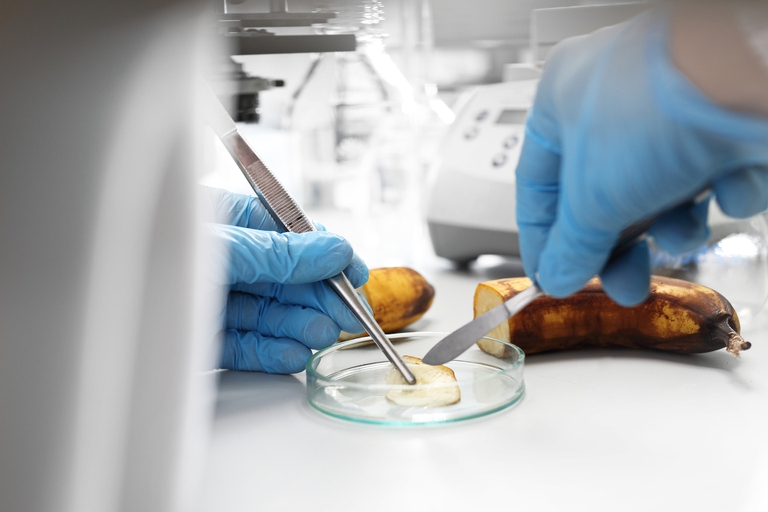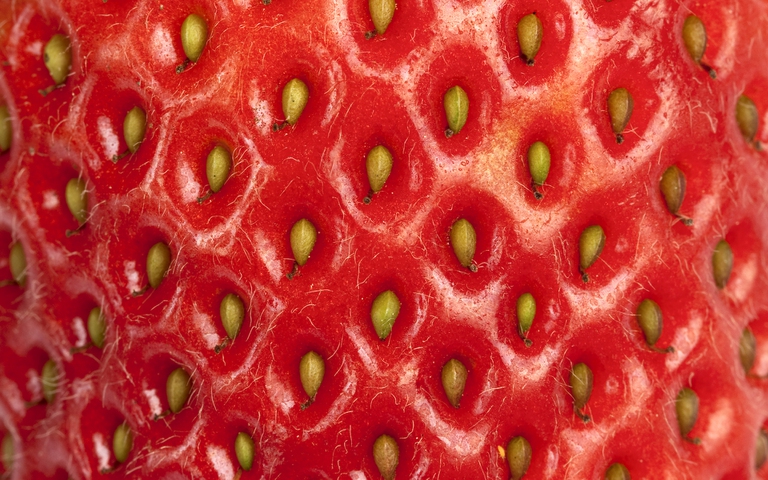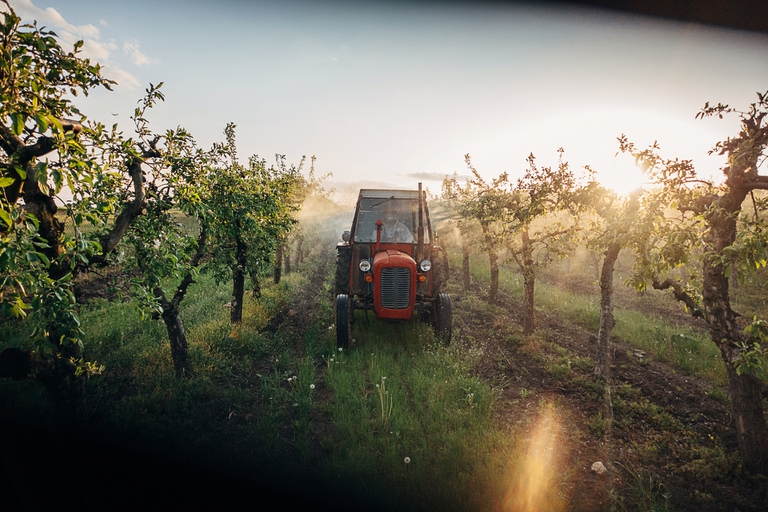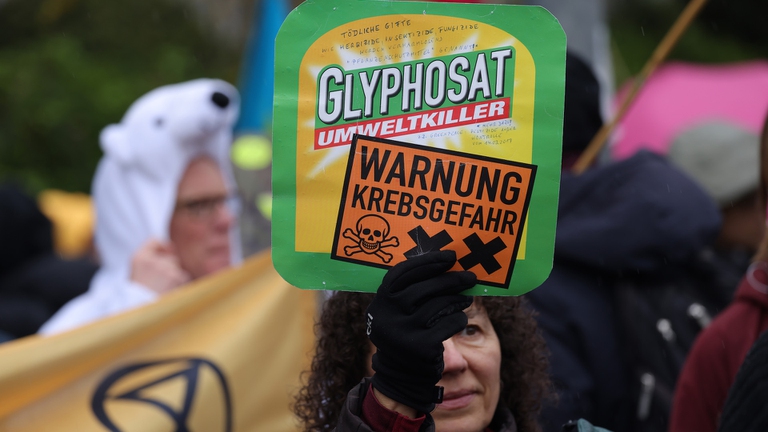https://www.lifegate.it/pesticidi-negli-alimenti-report-legambiente-2023
- |
- Like every year, Legambiente analyzed thousands of foods to check for the presence of pesticides.
- The results are improving compared to 2022, but what is worrying is the frequent presence of a mix of pesticides on the same sample.
- The association calls for a law on multi-residues and launches a prize for companies that do not use glyphosate.
Last December Legambiente published the usual annual report “Stop pesticides on your plate” which takes stock of pesticides present in foods.The 2023 data is in improvement but, according to the environmental association, one is needed national law against multi-residue, or the presence of different substances, and even more awareness on the part of citizens.

“Stop pesticides on your plate”:the results of the analysis between lights and shadows
The Legambiente report, carried out in collaboration with Alce Nero, analysed 6,085 samples of foods of plant and animal origin coming from organic farming And conventional related to 15 Italian regions. The percentage of samples in which traces of pesticides were found was within the legal limits decreasing (39.21 percent versus 44.1 percent last year), as well as that of irregular samples, i.e. with residues above the legal limits (1.62 percent).However, 59.18 percent of the samples were regular and without residues (last year they were 54.8 percent).
However, this positive result is contrasted with the fact that, albeit within the legal limits, traces of a pesticide were found in 15.67 percent of the regular samples and in 23.54 percent of various residues which create the so-called cocktail of pesticides.
In the organic products, residues were found in only 1.38 percent of the samples, a contamination probably due to the so-called "drift effect" determined by the proximity to areas cultivated with conventional agricultural methods.
What are the most present pesticides and the most contaminated foods
They were found in the analyzed samples 95 active substances coming from pesticides.Among the most present pesticides are, in descending order, Acetamiprid, Fludioxonil, Boscalid, Dimethomorph.We then point out the presence of residues of neonicotinoids no longer allowed as Thiacloprid in peach, grapefruit, blackcurrant, cumin seed, and green tea powder samples;Imidacloprid in one orange sample, 2 lemon samples, 3 ocher samples;Thiamethoxam in a coffee sample.

17 residues were found in 3 samples of raisins, 14 residues in a peach sample, and 12 residues in a strawberry sample.There fruit the category is confirmed again this year more affected by the presence of residues:over 67.96 percent of the samples contain one or more residues (found in 84 percent of pears, 83 percent of peaches, 53.85 percent of peppers).In the exotic fruit (bananas, kiwis and mangoes) the highest percentage was found irregularities, equal to 7.41 percent.

Regarding the vegetables, 68.55 percent of the samples analyzed were found to be residue-free.Among processed foods, i whole grains and the wine they are those in which the highest number of permitted residues was found (71.21 percent and 50.85 percent respectively).Come on products of animal origin of the 921 samples analyzed, 88.17 percent were free of residues.
Legambiente:“We need a law on multi-residues”.And it rewards companies that don't use glyphosate
On the occasion of the presentation of the report Legambiente recalled the objectives of the European strategy From farm to fork which points to halving the pesticides used by 2030 and asked Italy for one specific law on multiresidue which, based on current scientific evidence, prohibits the co-presence of active ingredients.
“Despite some timidly encouraging data, the situation still appears very complex and the need for a further and concrete political push is evident so that we can truly put an end to chemistry on the plate – he declared Giorgio Zampetti, director general of Legambiente - In this context, we are obliged to recall our strong concern for the failure to approve the Sur, a device issued by the European Commission which regulates and limits the use of pesticides, and regarding the urgency of adopting in Italy the new Pan (National Action Plan for the sustainable use of plant protection products) whose last draft dates back to 2014”.

“It is also necessary – he added Angelo Gentili, agriculture manager of Legambiente - issue the implementing decrees relating to the law on organic agriculture recently approved after thirteen years of waiting because, it is useful to reiterate, organic is the main way to drastically reduce the use of pesticides.Multiresidue must be combated through regulatory processes.The effects of "pesticide cocktails" must be prevented and curbed and a law appears to be the only solution in this sense".

To raise citizens' awareness, Legambiente has launched the “Glyphosate free” campaign with which he will reward them companies which, despite the extension to the controversial herbicide, they decided to to ban this dangerous substance.
